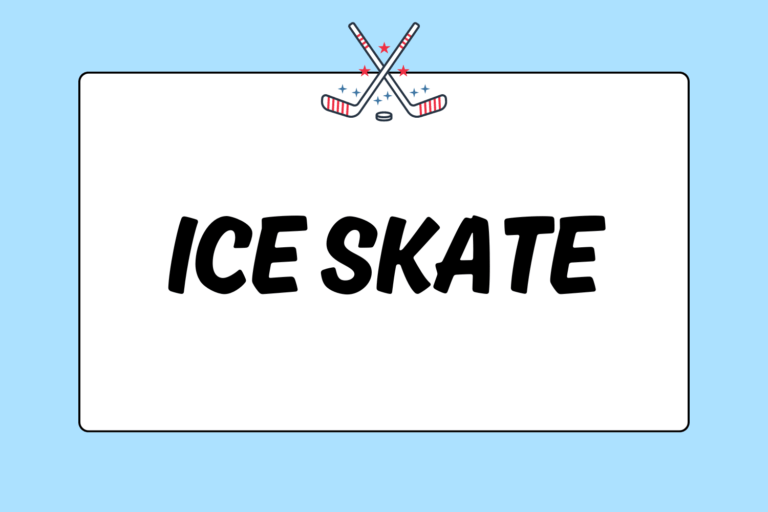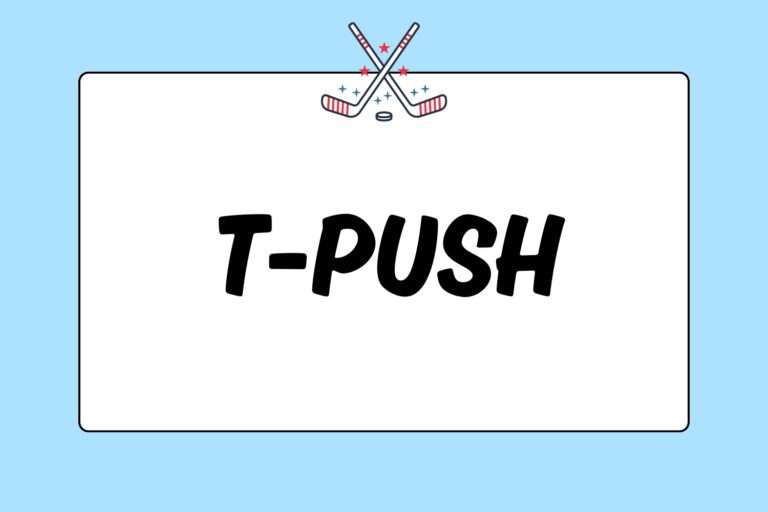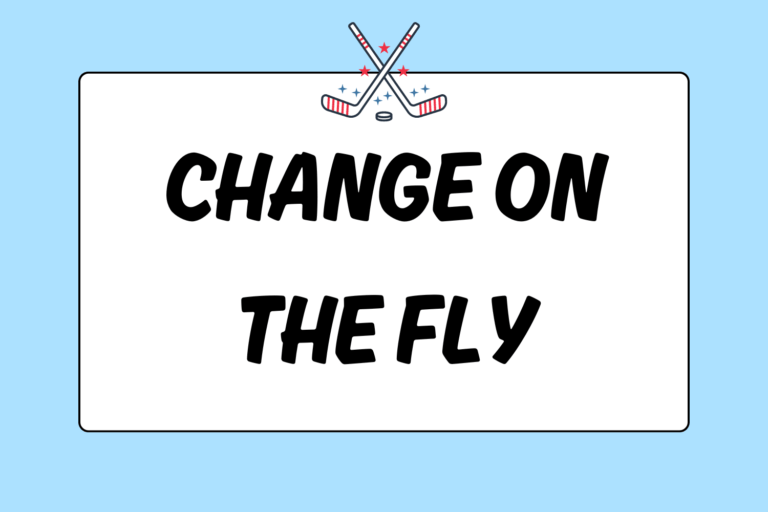When buying hockey equipment for the first time, it is important to remember that preparing to play this sport is drastically different than most other sports. Because of the speed and physicality of the game, hockey players must wear equipment that covers virtually every inch of the body. This can be an expensive chore, but there are ways to alleviate some of the costs – especially for first-time players and/or parents purchasing equipment for a child just beginning in the sport.
More Bang for Your Buck
It is important for parents to remember that their child might not be into hockey after the first season. If they do lose interest and you already invested in top-of-the-line gear, then you would be out some serious cash come quitting day. The same goes for first-time players – you don’t want to spend too much money on gear before you know it’s a long-term venture.
Buying used equipment is an effective way to avoid this problem – although you still will want certain pieces of equipment to be new (like a jock strap and mouthpiece, for instance). There are websites that sell used gear. However, it would suit you best to find a second-hand equipment store so you can try on each particular product before making a purchase.
The longer you or your child plays hockey, the more that the new, more state-of-the-art pieces of equipment will become necessary. Try rewarding yourself or your son or daughter with a new piece of equipment each season to avoid breaking the bank in one fell swoop. And always, always keep your eye out for deals. After all, getting 10 percent off a certain piece of equipment could save you as much as $50 or $100.
If the Skate Fits …
Hockey equipment can be big and bulky, but when on the ice, each piece should feel as comfortable and snug as possible. Here are some things to consider when shopping for each piece of equipment, starting at the bottom and working up:
Skates
- Don’t use your shoe size as a barometer for hockey skates. Skates generally run smaller than shoes. So if you wear a size 10 shoe, your skate size could be a 9 or lower. You also want your skates to be much tighter than a regular pair of sneakers.
- When trying on a pair of skates, make sure to wear the same type of socks that you would wear when you play. Keep in mind that everybody has a specific sock preference. Some players even choose to go bare foot in their skates.
- As you try on the skate, press your heel back as far as possible and give each level of the laces an extra tug to assure tightness.
- Walk around in the skates to see if they feel comfortable in the bottom of the boot and up the back of the ankle.
- Ask the sales associate about the store’s return policy. After all, you won’t know if you really like the skates until you give them a run on the ice.
- The skates may feel a little too tight for the first couple of weeks, so don’t rush to judgment and return them after the first try. The longer you wear skates on the ice, the more they will relax and mold to your feet (and you would rather err on the side of too snug than too loose).
Shin Guards
Every hockey player has to block shots from the opposing team, so if you are playing well, there is a very good chance that you will get pegged with a puck in the shin/knee region. The overall width and weight of the pad is up to the individual, but the shin guard should span from the top of the skates to the bottom of the pants. Many players believe that smaller shin guards allow them to skate faster. Some players, especially defenseman, prefer bigger, thicker pads that offer more protection – since they tend to block more shots.
Socks
Socks are pretty straightforward. Teams usually supply them in a one-size-fits-all style. The only thing to keep in mind is that hockey socks help keep the shin guards in place, so make sure that they work with the rest of your equipment.
Don’t panic if they seem a little tight, as they will stretch over time.
Pants
This is arguably the most important piece of equipment. There are a few things to keep in mind before choosing a pair:
- Pants should cover more of the body than any other piece of equipment. Make sure your pair covers the front and back of the legs from the knee up, as well as the hips, the buttocks, and the lower back.
- Don’t be alarmed if the pants feel too big. They are designed that way to give the player plenty of freedom while skating. The tighter the pants, the more restriction on the player’s range of motion.
Shoulder Pads
There are two schools of thought with shoulder pads:
- School No. 1 … Shoulder pads should be big and bulky: Large shoulder pads allow a player to basically bounce off an opponent if they complete a check, or are checked by an opponent. They also make the player seem more intimidating and broad-shouldered – and in a physical game like hockey, any kind of psychological edge is helpful.
- School No. 2 … Big shoulder pads only get in the way: If you know how to properly give and receive a body check, the size of your pads technically shouldn’t matter all that much. The same players who agree with that statement will argue that big shoulder pads can restrict a player’s movement more than any other piece of equipment.
Regardless of preference, make sure that the pads do cover the shoulders, shoulder blades, chest, upper arms and collarbone. These parts of the body should always be covered with pads that are firmly attached with either Velcro or snaps.
Elbow Pads
While these pads don’t cover a large area, they are another crucial piece of equipment. Since elbows are usually exposed to the boards upon being checked, and are often the first part of the body to hit the ice after a fall, they tend to take a constant pounding. Therefore, you want to be sure that these pads cover the entire elbow and span from the top of the gloves to the bottom of the shoulder pads. Make sure they are made of strong, elastic-like material so the pads easily flex when you bend your arm.
Gloves
The protectors of the hands feature very thick padding on the outside that takes a long time to break in and loosen up. Because of that, players often choose to go long periods of time without buying a new pair.
On the other side (literally), the lining on the palms tends to wear down quickly, and that alone can force a player to hit the market for a new pair. Players often go for more expensive, more durable options to prevent the wear and tear that leaves the palms looking like a piece of Swiss cheese.
The most important thing to remember is that the gloves should cover the entire hand and reach up to the bottom of the elbow pads.
Helmet
- Helmets should come with a cage or shield. If they don’t, be sure to buy either one or the other. You want a protective device that covers the entire face, but leaves you with a comfortable range of vision, since any impairment can lead to poor play and/or injuries.
- Head injuries do occur in hockey, so make sure the helmet fits properly and won’t jar around upon contact. The inside padding should always touch your head. Helmets are usually one-size-fits-all in adult and youth categories.
- Make sure there are at least three straps attached to the helmet: One along the chin to keep the helmet on the head, and two going up the side to keep the cage or shield fastened to the helmet.
Fun Fact:
Craig MacTavish enjoyed a 19-year career in the National Hockey League. He played for five different teams and was a member of four Stanley Cup-winning squads. After his professional career, he became coach of the Edmonton Oilers.
However, MacTavish is probably most famous for being the league’s last helmetless player. The NHL established a mandatory helmet rule in the 1980s. With that rule, though, there was a loophole saying that if certain players did not use a helmet at the time of the rule’s implementation, then those players could continue to play without head protection for the remainder of their career.
MacTavish did just that. He chose to go helmetless and play at the mercy of flying pucks, high sticks, and solid ice surfaces until his final day on the ice in 1997.
Stick
You can choose either a wood or composite stick when shopping for equipment.
Wood sticks: These sticks come in one piece and are usually heavier than composites. A good wood stick can last a long time, but does have a tendency to snap.
Composite sticks: These are usually more expensive, but lighter than wood sticks and come in two pieces: The shaft and the blade.
Some players believe that the lighter the stick the better; others think the composite sticks can be too light and prefer the more obvious weight and presence of the wood stick.
- Blades: All blades have different levels of curvature. The bigger the curve, the easier it is to lift the puck off the ice.
- Size of the shaft: The rule here is as follows: Standing in shoes, the shaft (blade attached) should come up to the chin and no higher than the nose. Standing in skates, the shaft should come up to the player’s chest and no higher than the chin.
It’s Not a Fashion Show
The right equipment is crucial for keeping players safe. It is important to base your decisions on comfort and coverage, instead of how the gear will look on the ice. The more you worry about how you look on the ice, the less improvement you will see in your game. The best test for fit and feel of all equipment is to put it all on at once and hit the ice.
Finishing a game injury free and with a sense of accomplishment will make you forget about those hockey fashion shows. Now get shopping!





